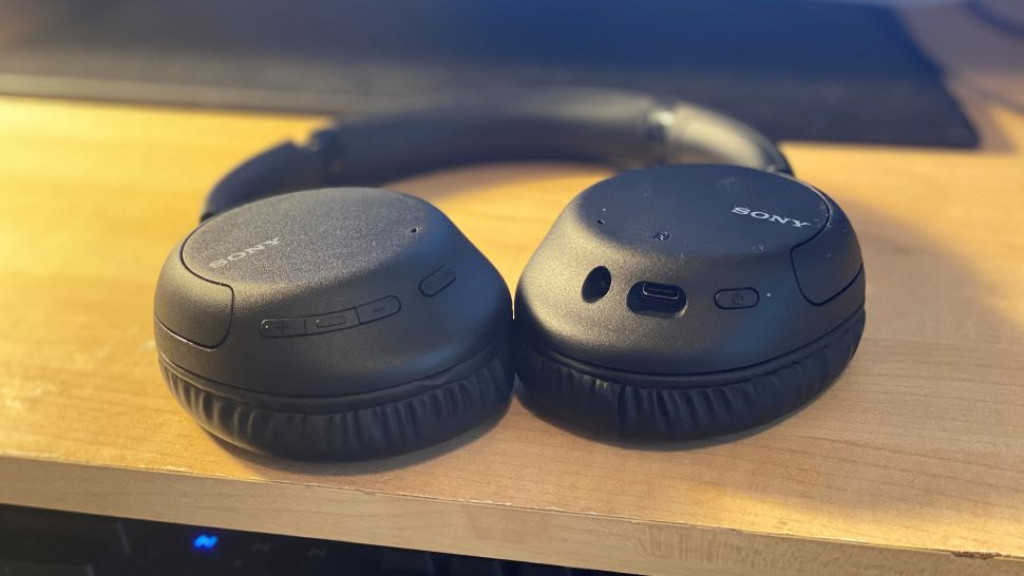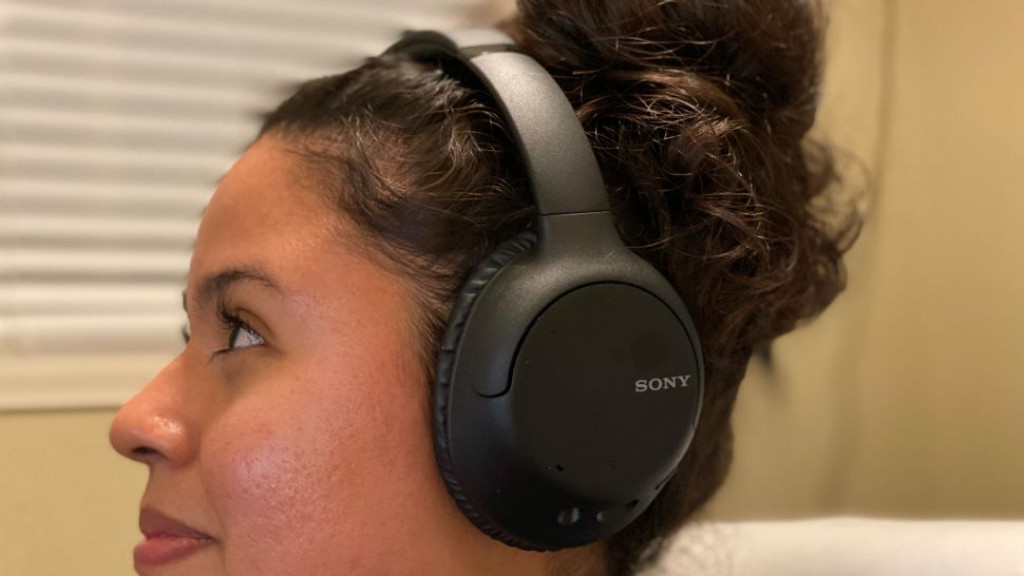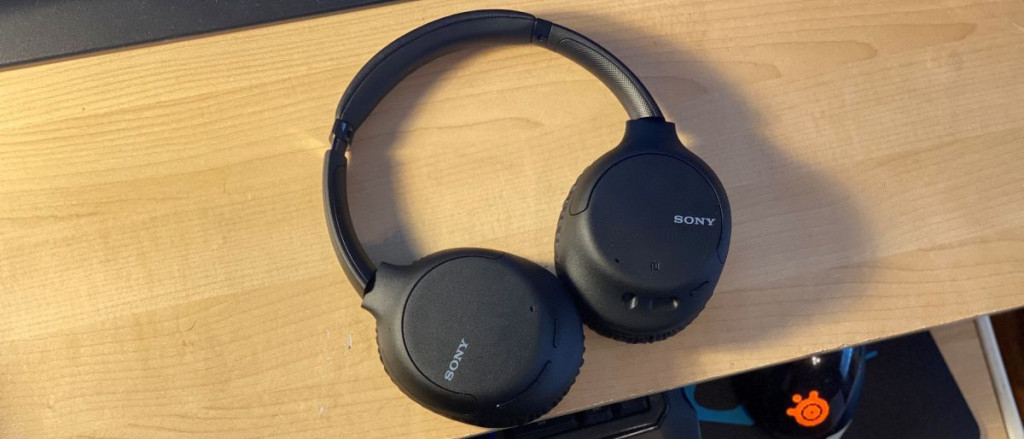
EARLY VERDICT
We’ll have to spend more time with them, but so far the Sony WH-CH710N Wireless Noise-Canceling Headphones aren’t exactly the Sony WH-1000XM3 alternative we’d been hoping for. They sound good and use some novel adaptive noise cancellation technology, but their overall noise reduction effectiveness and mostly plastic build quality leave a lot to be desired.
FOR
- Cheap(ish) for their feature set
- Adaptive noise cancellation
- Fun, energetic sound
- 35-hour battery life
AGAINST
- Mostly plastic build
- Mediocre noise cancellation
- No traveling case
- 7-hour charging time?!
On paper, the Sony WH-CH710N Wireless Noise-Canceling Headphones make a lot of sense: They’re a more affordable version of the popular Sony WH-1000XM3 that cost a significant amount less than Sony’s flagship cans.
The trade-off here is that the brand-new WH-CH710N use a mostly plastic build to reduce cost and don’t exactly live up to the 1000XM3’s level of jaw-dropping noise cancellation that, when we last tested them, did a stellar job of keeping the room dead-silent.
We haven’t spent a ton of time with them yet but we wanted to give you a preview of what Sony’s cost-effective noise-cancelling cans do right… and everything they seem to be doing wrong based on a few hours of listening.
Price and release date
The Sony WH-CH710N were released alongside the Sony WF-XB800 True Wireless Earbuds in April 2020… which turns out to be a decent time to release noise-cancelling headphones now that everyone is working from home.
In terms of pricing, the Sony WH-CH710N are in the mid-range for a pair of over-ear headphones at $199 (£130, around AU$300), but are actually one of the more affordable pairs of noise-cancelling headphones on the market, especially coming from a large, well-known company like Sony.
Now, some folks might be disappointed that these aren’t the Sony WH-1000XM4 – and will of course be curious as to when those will arrive. Unfortunately, Sony hasn’t given us any information yet as to when we can expect them, but our money is on a late 2020 release date (October or November).

Design
In terms of aesthetics, there’s a lot to like about the WH-CH710N – they’re relatively slim for a pair of over-ear headphones and the all-matte-black exterior looks pretty classy. They are, however, mostly plastic and the padding is minimal. Thankfully they’re fairly light at 223g/7.87oz so they don’t put a ton of pressure on your head when wearing them.
On the right earcup you’ll find your basic control buttons for volume and play/pause, plus a button that controls noise cancellation and ambient sound, two features we’ll talk about more in a minute. You can hold the middle button to bring up your assistant, but you won’t be able to activate it just by saying ‘Hey Siri’ or ‘OK, Google’ as neither come built into the headphones. On the left earcup are a 3.5mm aux port, a power/paring button and USB Type-C port that’s used for charging.
The headphones don’t come with a hard case – which makes them less ideal for frequent travelers – nor do they come with a charging brick; inside the box the only accessories you’ll find are a USB-to-USB C cable and an auxiliary cable.
Most folks will likely pair them using the power button when they first turn them on, but the Sony WH-CH710N does support NFC, too – which is great for newer Android devices – and the headphones use Bluetooth 5.0 with support for SBC and AAC codecs.

Performance
While we don’t want to say too much about the sound quality without properly putting them through our rigorous listening tests, our first impression of the Sony WH-CH710N’s sound quality is that it sounds energetic and easy-to-listen to. It doesn’t overwhelm you with bass (it’s not part of Sony’s Xtra Bass series thankfully) so expect a lot of focus on the mids and rolled off high-end.
In terms of soundstage and clarity, the Sony WH-CH710N seem to be very middle of the road. They don’t offer the ultra-wide soundstage that, say, an open-back pair of cans would offer but they do sound relatively crisp and clear – which is nice.
The downside here is that their actual noise cancellation isn’t the best we’ve ever heard… or, er, not heard. It’s relatively weak compared to other headphones in its class, and is nowhere near class-leaders like the Sony WH-1000XM3 or Bose 700. The cool thing about them, though, is that they do adapt to changing conditions – one minute they can block out the dull roar of a lawnmower and the next they can focus on the vocal range of a high-energy 10-year-old without needing to be recalibrated. So that’s pretty neat.
Lastly, while we don’t have the experiential numbers yet, Sony says the headphones should last about 35 hours on a single charge with noise cancelling turned on and up to 200 hours in standby mode. Weirdly, Sony says they’ll have one hour of charge after just 10 minutes of being connected to a power source but the specs on the packaging say it will take about seven hours to completely charge… which feels a bit excessive.

Early verdict
The Sony WH-CH710N has all the components that make the Sony WH-1000XM3 so successful – they offer noise-cancellation and good sound quality while looking pretty professional. Unfortunately, when put to the test, they feel a bit lacking in terms of noise cancelling power and build quality – which could be huge impediments on their success.
But while these might not live up to the incredibly high bar set by the WH-1000XM3, their lower price, convenient adaptive cancellation tech, fun sound and long battery life could be enough to make them worth a purchase for folks who don’t want to drop $350 on headphones. We’ll let you know after we’ve spent more time with them.
Source: techradar.com









































